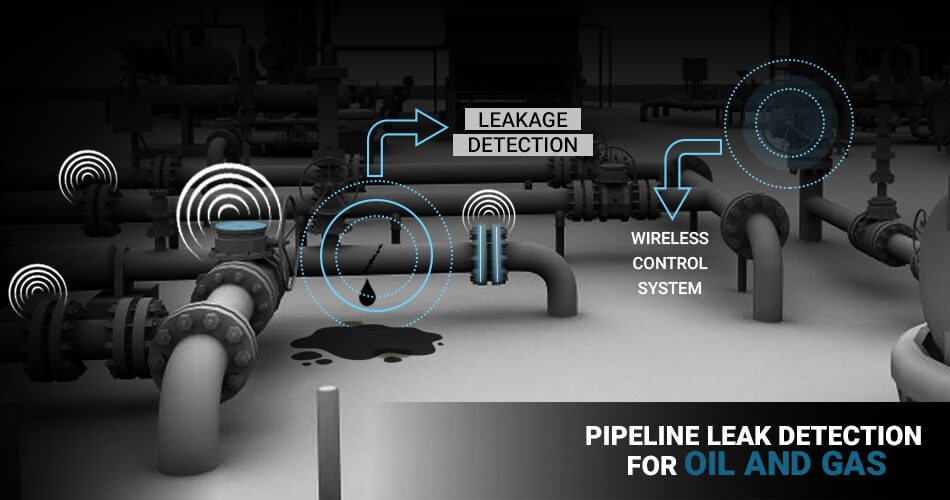
The pipelines operated for a number of years and tend to corrode. The slow process will lead to the big explosion if the gas is the main fluid filled in the pipeline system. The leak detection in gas pipeline is more difficult compared to water because of the poor signal noise to ratio (SNR). The large noise comes from gas flow itself. In addition, the geometrical features also one of the noise and make the leak detection in gas pipeline more complicated.
Sound Wave Propagation and Acoustic Methods

Basically, the leak can described as gas or liquid flow through the wall with the imperfection such as hole, crack or ruptures. Because of the pressure difference in pipelines, matter always flows from higher pressures to lower pressures. The imbalance pressure is analysed to detect the leak. The wave propagation or speed of sound, a will be dependent on the material and pipe diameter.
When a sound wave comes into contact with a surface, some part of the energy is reflected from it, some are transmitted through it and some is absorbed. If absorption and transmission are low, and thus most of the sound energy incident on the surface is reflected, it is supposed to be acoustically hard and can be regarded as mirror reflect the illumination. The basic rule behind this acoustic method is when leak or ruptures occur, the friction between the rampart in the pipeline happen because of the pressure balance was broken. The acoustic signal will propagate to upstream and downstream. The stress wave that transmitted through the pipeline can be recorded by acoustic sensor or accelerometer.
Acoustic sensors are normally installed outside the pipeline network. The leak generates noise which gets picked up by these acoustic sensors. The most important thing is to minimize the background noise. The location and size can be determined by using acoustic methods. This method can be used on new as well as on existing pipe network. Other than high speed and sensitivity, this method also offer accurate leak location and low false alarm rate.
Other Methods
Dealing with dynamic signal is challenging because not-deterministic type of signal normally occurs in real application. So, signal processing was used in order to reveal the hidden information. This problem can be solved and understood by studying statistical behaviour and pattern recognition techniques. Usually these methods are applied for time domain signals. But, in the leak detection issue, the signal can also be transformed to reveal the hidden information behind the raw data. Hence, the transformation methods such as Fast Fourier transforms (FFT), Wavelet transforms (WT), and Hilbert Huang transforms (HHT) are used.

Pipelines are crucial components in fuel transportation to buildings, factories, manufacturing facilities, and storage tanks. A leak in such systems can lead to a powerful, fiery explosion near infrastructures, causing injuries, deaths, and contaminating the environment. Even when pipelines are designed in absolute compliance with industrial standards to guarantee complete safety, as instructed in technical documents, a defect could occur due to aging, imperfect material, corrosion, and random external impacts such as collisions. This causes an impending leak in the pipeline system, and a detection algorithm is therefore necessary to identify such a leak early enough to limit serious consequences.
